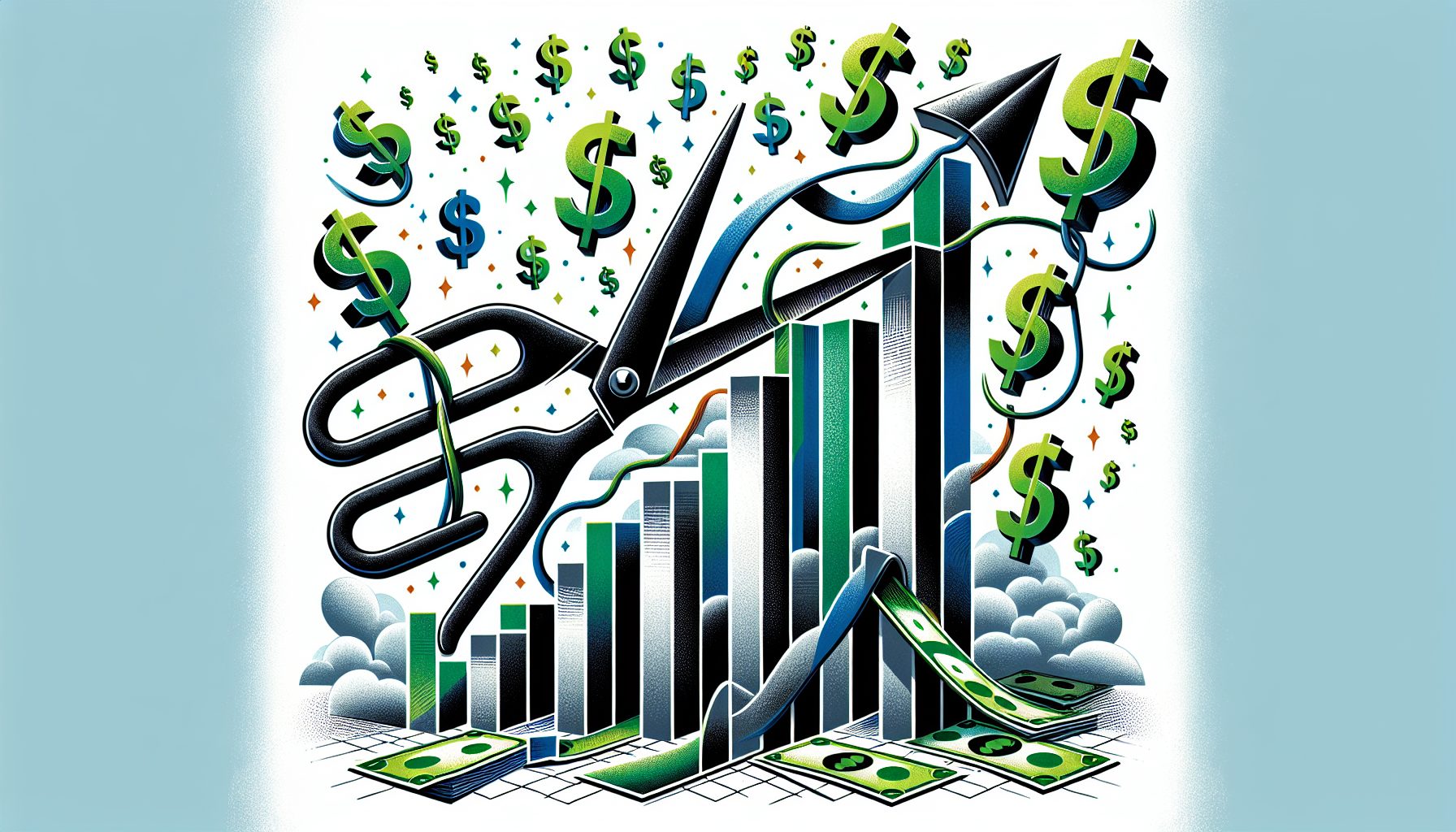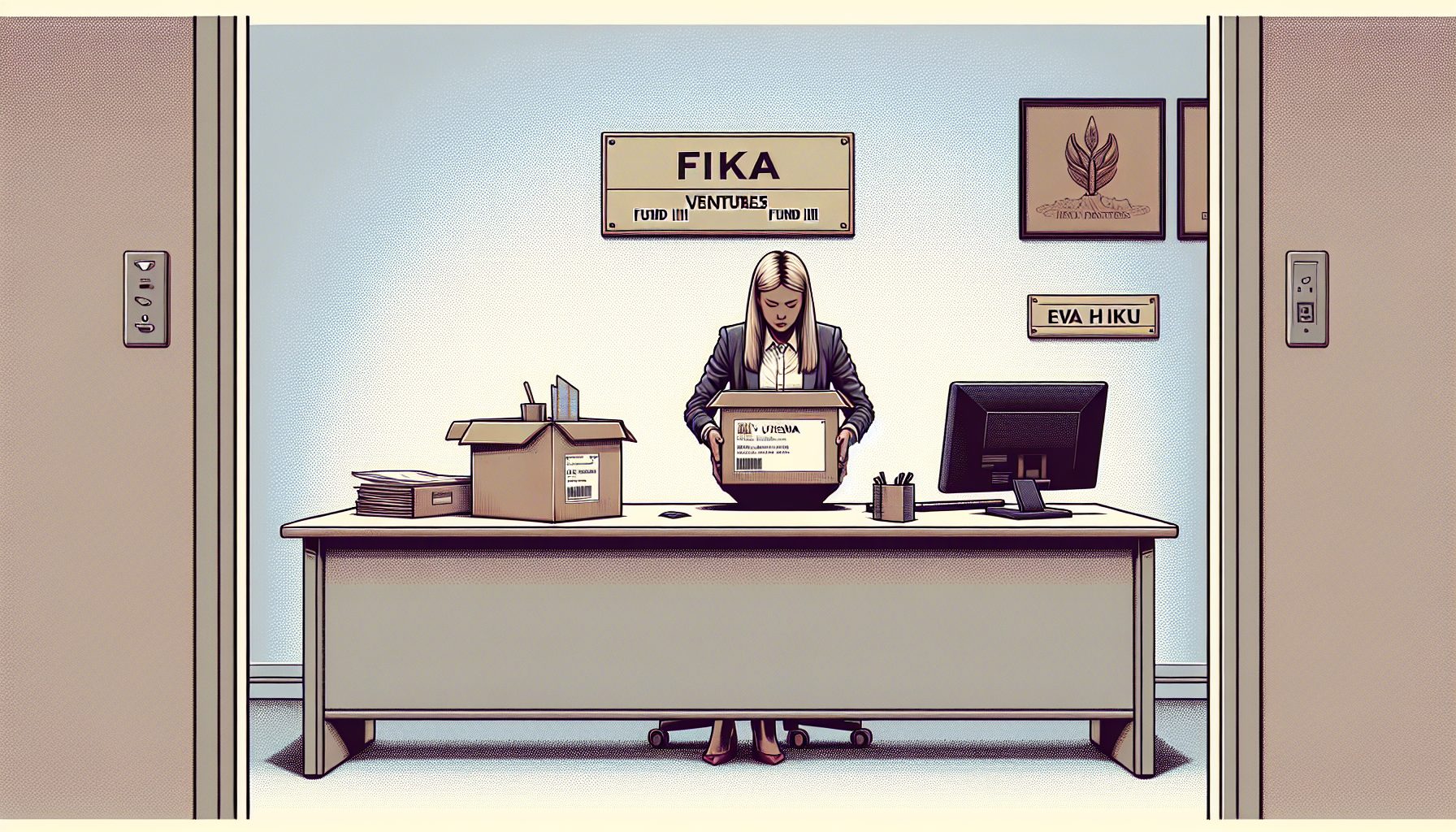By Thomas Burke
3D printing is one of today’s most exciting technologies, and it’s starting to take off. At the 2014 International CES conference in January, an entire exhibition space was devoted to the technology: the sold-out 3D Printing TechZone.
Although it has been around in some form for more than 20 years, 3D printing is a breakthrough technology that is evolving quickly. IDC projects that the 3D printing market will grow tenfold by 2017. However, as the technology evolves, so must the standards, testing and related services.
The potential for 3D printing is that it will produce a global renaissance in manufacturing, including a transformation of the supply chain. If product components can be printed on-site, it could lead to a rise in distributed production and a decline in centralized production. Companies are then likely to be less dependent on foreign labor and global shipping. It may also reduce waste and inventory costs.
CIOs can engage the C-suite in discussions about how 3D printing would improve the business. IT will guide the use of CAD (computer-aided design) and CAM (computer-aided manufacturing) for 3D printing, since there will be new data types, data models and content types to evaluate and organize.
Because of the need to match a 3D printer with the software platform in use, IT will be involved in buying decisions. And, technical expertise will be required to connect 3D printers to the network and enable staff to interact with them.
Nevertheless, the growth and application of a new technology can occur only if it is safe and sustainable. While 3D printing has many benefits, its potential risks need to be evaluated, and companies should consider safety concerns as part of their overall approach to risk management.
Assessing 3D Printing Safety
Assessing the safety of these printers should be primary. Their high-voltage power supplies, multiple moving parts and hot surfaces make 3D printers relatively complex.
The latest product safety standards can address these potential hazards, so buyers should ensure that the equipment they are considering has been tested and certified by an established third-party certifier. Doing this also helps satisfy legal obligations established for electrical equipment used in the workplace, such as U.S. OSHA workplace regulations.
Beyond product safety hazards associated with equipment, other risks such as airborne emissions and indoor air quality may be of concern. Further study is needed before standards specifically targeting 3D printers can be put in place, but evidence exists that some of these printers emit significant amounts of ultrafine particles. Last year, a study by researchers at the Illinois Institute of Technology found that a small desktop 3D printer had emission rates similar to that of a cigarette burning indoors.
While concerns about airborne emissions are a consideration, experience shows there are ways to mitigate them. For example, indoor air quality also was a concern when printing first became a mainstay of homes and workplaces. To curb emission hazards, manufacturers worked with independent product certification organizations to develop appropriate testing and standards.
For instance, UL employs the Greenguard certification program to help ensure indoor air quality for printers. These same steps are being considered to address 3D printer concerns, and manufacturers are starting to request testing to reassure customers.
Companies also need to keep an eye out for potential misuse of 3D printing technology. Black market goods, for example, could be produced by file-sharing 3D item designs, and this might increase as 3D printing gains popularity. Costly litigation from battles over intellectual property could hinder additional market growth.
Preventive measures, such as identification and encryption software, could help address counterfeiting and copyright infringement. A complete solution hasn’t been found yet, so enterprises will need independent safety and standard development organizations to guide and protect them against counterfeit products and to ensure safer products.
At UL, we test more than 90,000 products every year and participate in the national and international technical committees that develop safety requirements. This provides us with a front-row view into innovation and insight into how to mitigate risks on upcoming technologies. Our efforts help promote better safety, quality and performance, thereby building the foundation for sustainable, long-term growth and innovation.
Thomas Burke, P.E., is one of UL’s principal engineers for the high technology sector and represents UL on the technical committees responsible for safety requirements of 3D printers.

.jpg)







